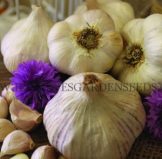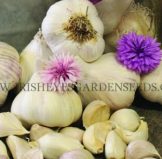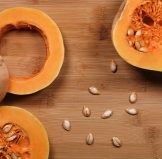
Butternut Squash
We’ve tried a number of ways to store squash, and we’ve been informed over the years by our friends at Seed Savers. If you’ve been canning, chopping and freezing, and cooking things down into sauce this harvest season, you’ll love the ease of storing winter squash whole.
First, be sure the squash are ripe. Each variety differs regarding color and sheen as indicators of ripeness, but as a rule we harvest when the thick stem connecting the fruit to the vine has dried. Cut the stem, leaving at least 1″ and up to 3″ of the stem attached. Be sure to harvest before the first hard frost – if you can’t harvest until after a frost, don’t try to cure and store the squash. Rather, either dice and freeze for later, or bake or make soup and freeze that for later.
Curing is a process that sets up the squash for several months’ of storage by allowing the skin, or shell, to harden. After harvest, elevate the squash off the ground, keeping room between fruits for air to circulate, and leave in a bright, sunny space that isn’t warm or hot for approximately two weeks. You’ll know when they are cured when they pass the ‘fingernail test’ – press your fingernail gently into the shell, and if the skin bruises or breaks, it’s not cured yet! A fully cured squash won’t even dent.
Storage instructions do sound a bit like the porridge in the Goldilocks story – the place you store the squash can’t be too hot or too cold. It needs to be just right! That means not colder than 50 degrees and not warmer than about 65 degrees. The warmer the temperature, the sooner you’ll need to use the squash. Find a cool spot in a closet, the back of a cupboard, a basement, or a garage (if it is temperature controlled). Wrap each squash in paper or straw and place in a box or on a shelf, leaving room for airflow. The paper or straw protects the squash and absorbs any moisture. If the squash does freeze, keep it frozen until you’re ready to use it. Inspect once a week, and use any damaged squash first. Here’s advice from Seed Savers:
- “Any damaged squash should be used as soon as possible.
- Delicatas, Acorns, and Buttercups should be used within a month or two.
- Hubbards, Pie squash, and pumpkins can last up to four months.
- Butternuts last the longest in storage and can take you right into spring.”
And if you don’t have the appropriate space, you can always preserve your squash by dicing and freezing the flesh.
Seed Saving – Seeds last up to a year in your squash – so whenever you use your squash you can scrape out the seeds, rinse and dry, and plant in the spring. Just be aware that squash is a notorious cross-pollinator, and if you grew several kinds you will not necessarily grow a fruit exactly like the one you harvested!
And yes, pumpkins ARE winter squashes. Save them using these same instructions.

 Your Fall Vegetable Garden Starts Here!
Your Fall Vegetable Garden Starts Here!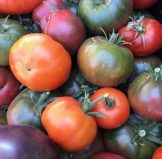 HARLEQUIN’S GARDENS 2025 TOMATO STARTS
HARLEQUIN’S GARDENS 2025 TOMATO STARTS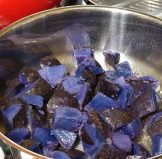

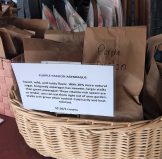
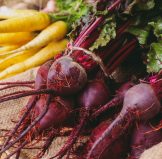 from Mitten Lowe at
from Mitten Lowe at 
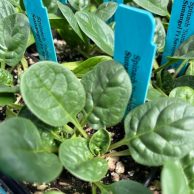



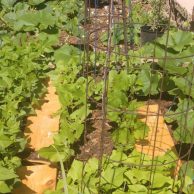 Okay, you prepared your soil and planted your vegetable garden with all kinds of wonderfully flavorful, nutritious foods, you’re watering and watching them grow, and wondering ….. When can I start to eat them, how do I harvest them, and how do I get the most out of these plantings? Here are some tips on vegetable crops harvest timing and techniques that may not be self-evident. Even if you’re a seasoned gardener, you may not be aware of some of these procedures!
Okay, you prepared your soil and planted your vegetable garden with all kinds of wonderfully flavorful, nutritious foods, you’re watering and watching them grow, and wondering ….. When can I start to eat them, how do I harvest them, and how do I get the most out of these plantings? Here are some tips on vegetable crops harvest timing and techniques that may not be self-evident. Even if you’re a seasoned gardener, you may not be aware of some of these procedures! 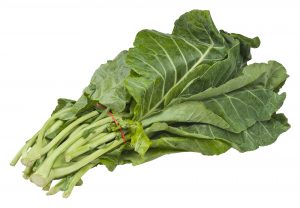
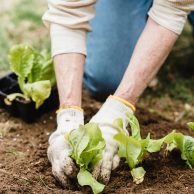 We are here for you! You’re in the high desert/steppe now, with short growing seasons, sudden temperature changes, unpredictable precipitation, low humidity, drying winds, alkaline soils that are low in organic matter and nitrogen, hot summers and cold winters. Despite these challenges, gardens can thrive here, and be productive, rewarding and beautiful!
We are here for you! You’re in the high desert/steppe now, with short growing seasons, sudden temperature changes, unpredictable precipitation, low humidity, drying winds, alkaline soils that are low in organic matter and nitrogen, hot summers and cold winters. Despite these challenges, gardens can thrive here, and be productive, rewarding and beautiful!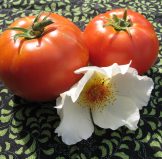 The bad news is that last week’s small delivery of tomato starts froze when the wind blew open the back door of our greenhouse in the middle of the night.
The bad news is that last week’s small delivery of tomato starts froze when the wind blew open the back door of our greenhouse in the middle of the night.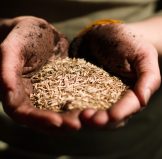 “The less biodiverse any system is, the greater the potential for its collapse.” Janisse Ray, from The Seed Underground: A Growing Revolution to Save Food.
“The less biodiverse any system is, the greater the potential for its collapse.” Janisse Ray, from The Seed Underground: A Growing Revolution to Save Food.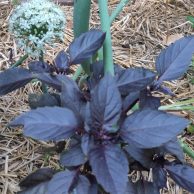 Basil is one of the great culinary pleasures of summer, and it’s definitely NOT TOO LATE to plant Basil and enjoy a good crop! Basil plants are beautiful, grow equally well in the ground or in pots, thrive in hot weather, provide a continuous, bounteous crop, and Basil’s many different flavors are essential to a variety of distinctive cuisines. It can be used fresh, dried, or frozen in oil or as pesto. Though basil leaves lose most of the aromatic oils when dried, we have still found that basil dried from your garden is so much more flavorful than commercial dried basil.
Basil is one of the great culinary pleasures of summer, and it’s definitely NOT TOO LATE to plant Basil and enjoy a good crop! Basil plants are beautiful, grow equally well in the ground or in pots, thrive in hot weather, provide a continuous, bounteous crop, and Basil’s many different flavors are essential to a variety of distinctive cuisines. It can be used fresh, dried, or frozen in oil or as pesto. Though basil leaves lose most of the aromatic oils when dried, we have still found that basil dried from your garden is so much more flavorful than commercial dried basil.
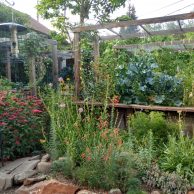 Yes, you can still plant many vegetables and annual flowers, now at greatly reduced prices! If you are lucky enough to have a greenhouse, you can grow most peppers, eggplants and tomatoes year-round. In the open garden, look for vegetable varieties that mature the fastest – cucumbers and summer squash, tomatoes, and peppers at 75 days or less. And Kale can still be planted in locations with afternoon shade.
Yes, you can still plant many vegetables and annual flowers, now at greatly reduced prices! If you are lucky enough to have a greenhouse, you can grow most peppers, eggplants and tomatoes year-round. In the open garden, look for vegetable varieties that mature the fastest – cucumbers and summer squash, tomatoes, and peppers at 75 days or less. And Kale can still be planted in locations with afternoon shade.
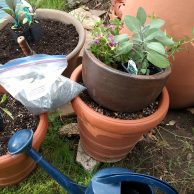 Q: Can I plant now?
Q: Can I plant now?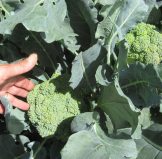 COOL SEASON VEGGIES
COOL SEASON VEGGIES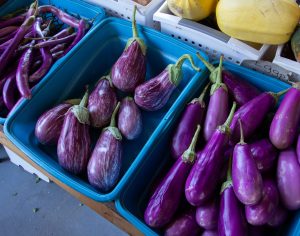 EGGPLANTS
EGGPLANTS Even though we are about to receive our biggest snowstorm of this winter thus far, you can still make great progress on your garden by starting seeds indoors or even outside if your garden is prepared and you’re quick and can sow them tomorrow morning! You can also plant our hardy perennials, vines, shrubs and trees that have overwintered outdoors ahead of the storm. And our
Even though we are about to receive our biggest snowstorm of this winter thus far, you can still make great progress on your garden by starting seeds indoors or even outside if your garden is prepared and you’re quick and can sow them tomorrow morning! You can also plant our hardy perennials, vines, shrubs and trees that have overwintered outdoors ahead of the storm. And our 